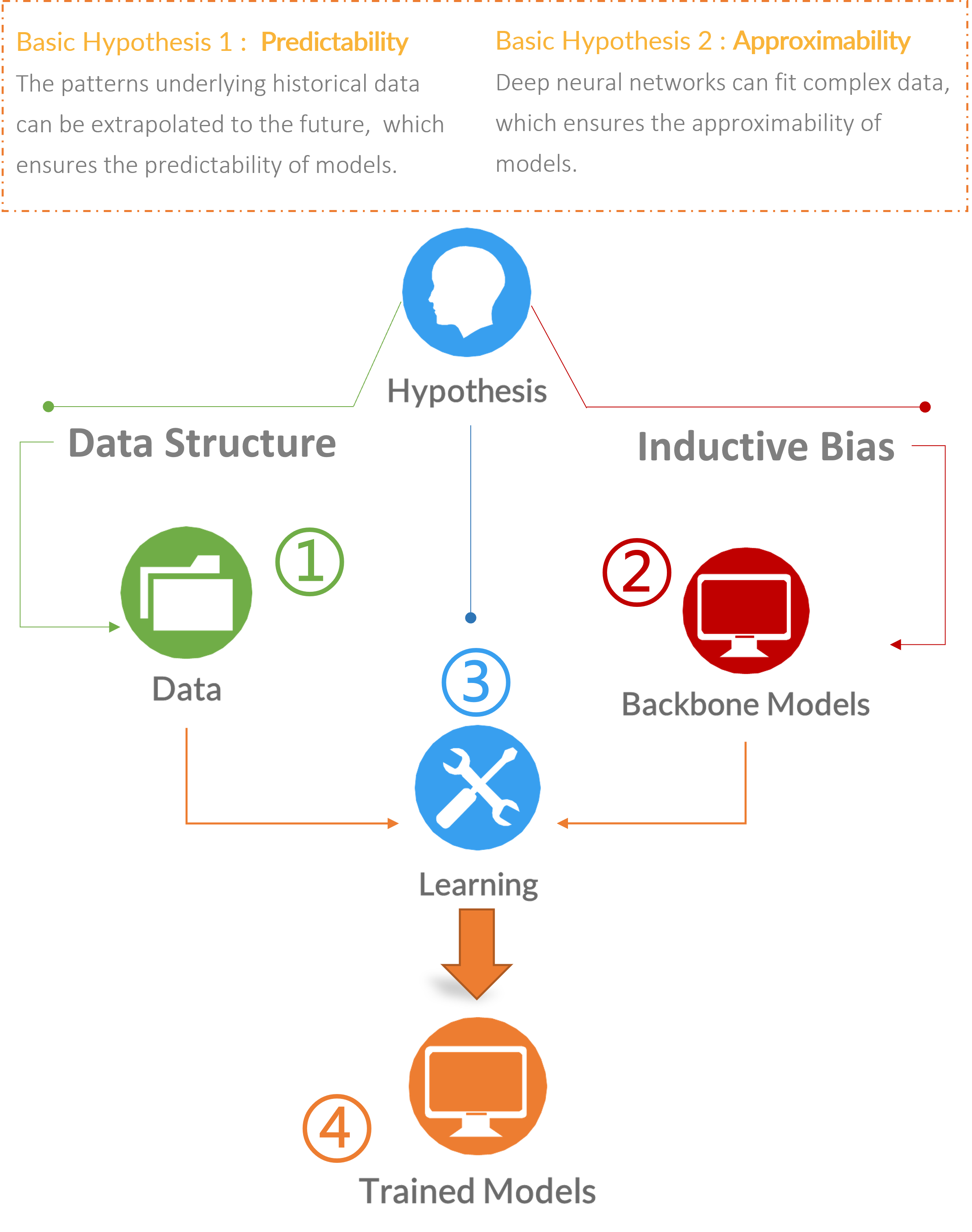Augmentation-Free Graph Contrastive Learning of Invariant-Discriminative Representations
The pretasks are mainly built on mutual information estimation, which requires data augmentation to construct positive samples with similar semantics to learn invariant signals and negative samples with dissimilar semantics in order to empower representation discriminability. However, an appropriate data augmentation configuration depends heavily on lots of empirical trials such as choosing the compositions of data augmentation techniques and the corresponding hyperparameter settings. We propose an augmentation-free graph contrastive learning method, invariant-discriminative graph contrastive learning (iGCL), that does not intrinsically require negative samples. iGCL designs the invariant-discriminative loss (ID loss) to learn invariant and discriminative representations. On the one hand, ID loss learns invariant signals by directly minimizing the mean square error between the target samples and positive samples in the representation space. On the other hand, ID loss ensures that the representations are discriminative by an orthonormal constraint forcing the different dimensions of representations to be independent of each other. This prevents representations from collapsing to a point or subspace. Our theoretical analysis explains the effectiveness of ID loss from the perspectives of the redundancy reduction criterion, canonical correlation analysis, and information bottleneck principle. The experimental results demonstrate that iGCL outperforms all baselines on 5 node classification benchmark datasets. iGCL also shows superior performance for different label ratios and is capable of resisting graph attacks, which indicates that iGCL has excellent generalization and robustness. The source code is available at https://github.com/lehaifeng/T-GCN/tree/master/iGCL.
PDF Abstract




 Wiki-CS
Wiki-CS